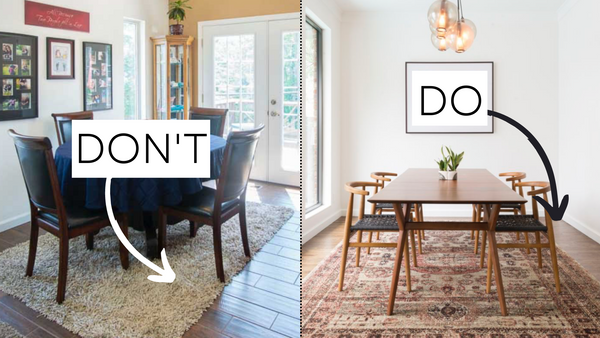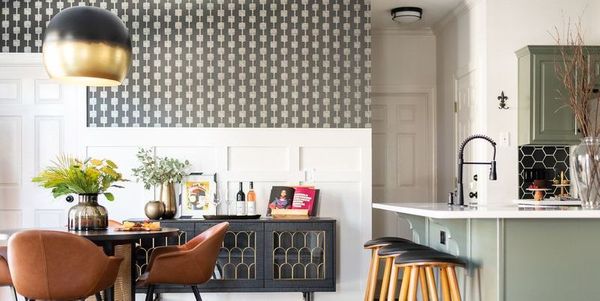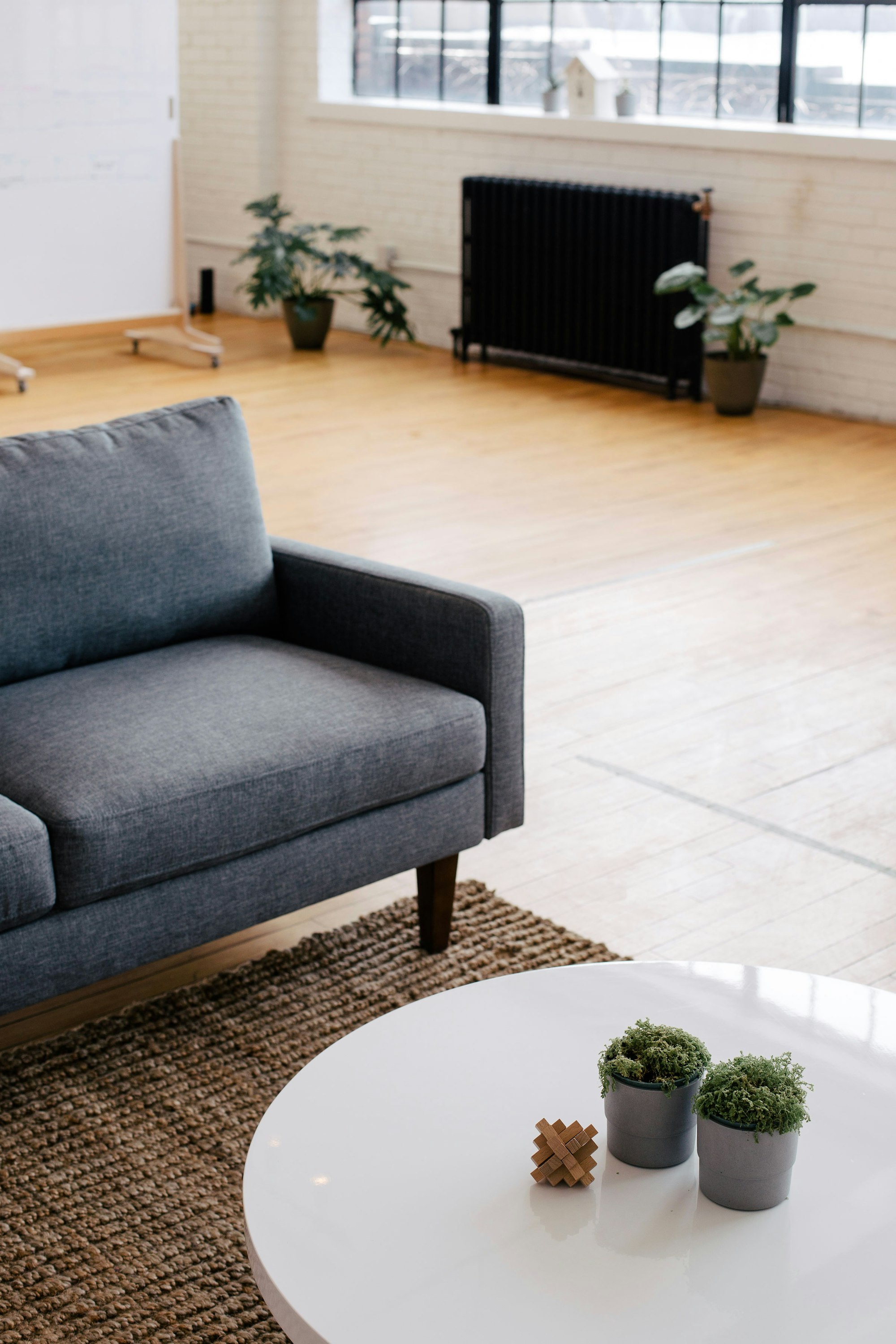The Difference Between Serging and Binding Your Area Rugs

When it comes to finishing the edges of an area rug, there are two primary options: serging and binding. Both techniques serve the same purpose of preventing fraying and creating a neat, finished look, but there are some key differences between the two. In this blog post, we'll explore the differences between serging and binding, so you can make an informed decision when it comes to choosing the right finish for your area rug.
Hand Serging
Hand Serging, also known as overlocking, is a process where a continuous thread is wrapped around the edges of the rug to seal the fibers and prevent fraying. This process creates a clean, finished look and is typically used for higher-pile or shag rugs. The thread used for serging can be made from a variety of materials, including wool, cotton, or synthetic fibers, and is available in a range of colors to match the rug or create a contrasting border. Hand serging is typically the more expensive option when picking the edging of your area rug.
Machine Serging
Machine serging is a process where a continuous thread is wrapped around the edges of the rug using a specialized machine. The serging machine uses a cutting blade to trim the edges of the rug, and then wraps the thread around the trimmed edge to seal the fibers and prevent fraying. This process creates a clean, finished look and is typically used for higher-pile or shag rugs.
The main advantage of machine serging is that it creates a very durable edge. The thread used in machine serging is typically thicker than cotton serging tape, so it can hold up better to wear and tear over time. Machine serging is also very efficient, it is less expensive than hand serging but more expensive than binding.

Cotton Serging Tape
Cotton serging tape is a strip of fabric that is sewn around the edges of the rug to prevent fraying. The tape is typically made from cotton or a cotton blend, and is available in a range of colors to match the rug or create a contrasting border. This process creates a clean, finished look and is typically used for lower-pile rugs.
The main advantage of cotton serging tape is that it creates a very straight, neat edge. Cotton tape is typically less expensive than machine serging, which makes it a great option if you want a simple, classic look for your rug.
The main advantage of serging is that it creates a thicker, more durable edge than binding. The thread used in serging is typically thicker than the binding tape used in binding, so it can hold up better to wear and tear over time. Serging is also a great option if you want a custom edge finish, as it can be done in a variety of styles and colors.
Binding
Binding is a process where a strip of fabric, typically cotton or synthetic, is sewn around the edges of the rug to prevent fraying. This process creates a clean, classic finish and is typically used for lower-pile rugs. The binding tape used in binding is available in a range of colors to match the rug or create a contrasting border.
The main advantage of binding is that it creates a straight edge that can be easier to match with the decor of the room. Binding is typically less expensive than serging and is a great option if you want a simple, classic look for your rug.

Polyester Binding
Polyester binding is a process where a strip of polyester material is sewn around the edges of the rug to prevent fraying. Polyester binding is a great option if you want a durable and easy-to-clean binding material. Polyester binding is available in a variety of colors and can be matched to the rug or used to create a contrasting border.
The main advantage of polyester binding is its durability. It is more resistant to wear and tear than cotton binding and is also easier to clean. Polyester binding is a great option for high-traffic areas or if you have pets.
Cotton Binding with Mitered Corners
Cotton binding with mitered corners is a process where a strip of cotton material is sewn around the edges of the rug to prevent fraying. The corners are mitered to create a clean, professional look. Cotton binding is available in a variety of colors and can be matched to the rug or used to create a contrasting border. Cotton binding with mitered corners tends to be one of the more expensive options when it comes to both serging and binding.
The main advantage of cotton binding with mitered corners is its professional look. The mitered corners create a clean, finished look that is often used in high-end rugs. Cotton binding is also more environmentally friendly than polyester binding.
Narrow Cotton Binding
Narrow cotton binding is a process where a strip of cotton material is sewn around the edges of the rug to prevent fraying. Narrow cotton binding is typically used for smaller rugs or runners. It is available in a variety of colors and can be matched to the rug or used to create a contrasting border.
The main advantage of narrow cotton binding is its affordability. It is less expensive than wider cotton binding and is a great option if you want a simple, classic look for your rug.
Wide Cotton Binding
Wide cotton binding is a process where a wider strip of cotton material is sewn around the edges of the rug to prevent fraying. Wide cotton binding is typically used for larger rugs. It is available in a variety of colors and can be matched to the rug or used to create a contrasting border. Wide cotton binding is typically the most expensive option when it comes to serging or binding your area rug.
The main advantage of wide cotton binding is its durability. It is more resistant to wear and tear than narrow cotton binding and creates a more substantial, finished look.

In conclusion, while both serging and binding serve the same purpose of preventing fraying and creating a neat, finished look, they have different advantages depending on the type of rug, your needs and the desired look. Serging is a great option for higher-pile or shag rugs, and if you want a custom edge finish. Binding is a great option for lower-pile rugs and if you want a simple, classic look. Ultimately, the choice between serging and binding will depend on your personal preference and the style of your space.





